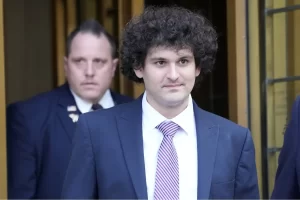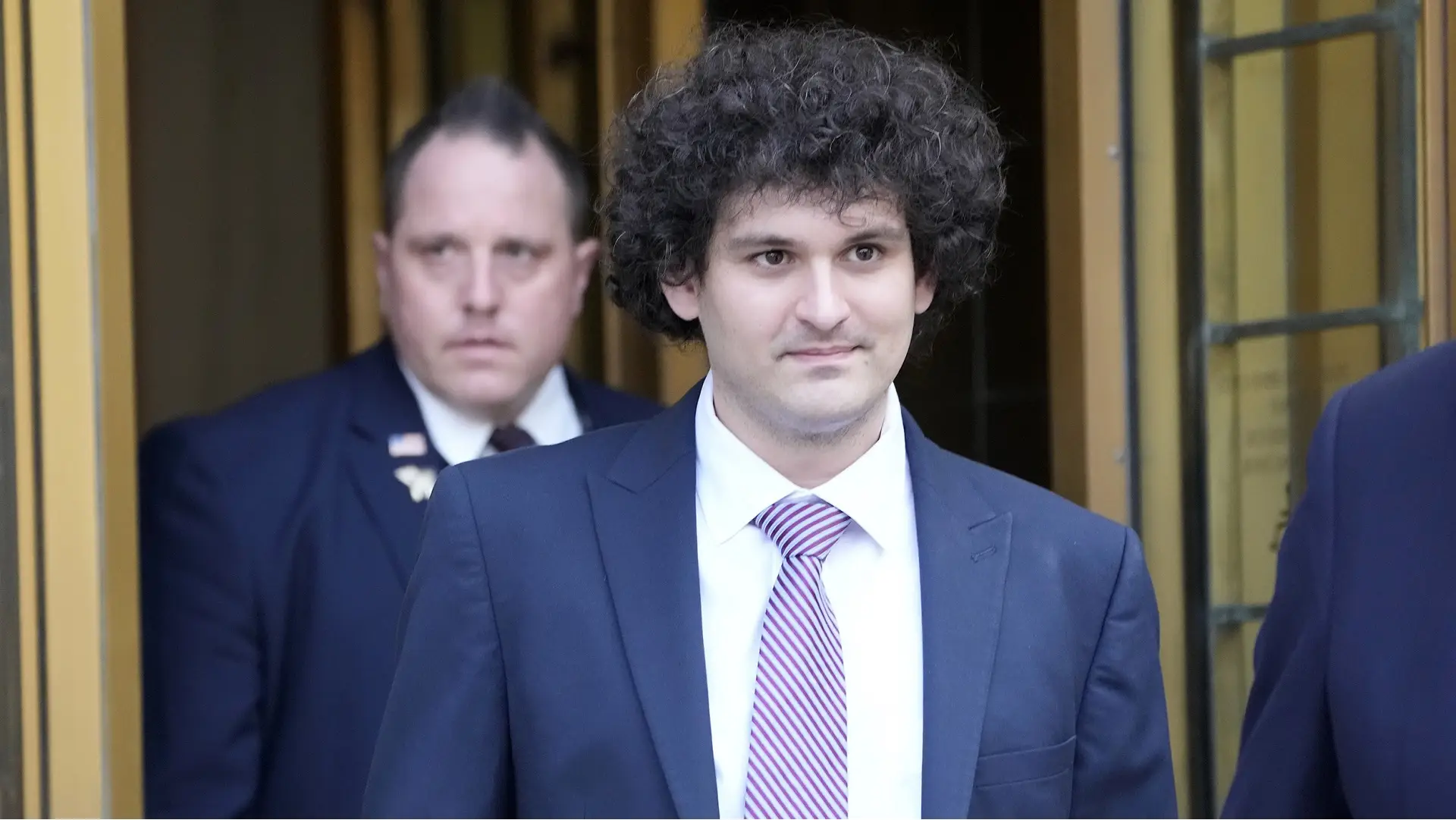In a courtroom drama that has captured the attention of the global financial community, Sam Bankman-Fried, the founder of FTX, faced intense scrutiny during his criminal fraud trial. The trial revolves around the collapse of FTX, a crypto exchange once valued at a staggering $32 billion. As we delve into the intricacies of this high-profile case, we’ll explore the key issues, testimony, and revelations that have unfolded.
The $8 Billion Hole and Alameda Research
One of the most compelling aspects of this trial is the alleged $8 billion hole in Alameda Research’s balance sheet. This substantial sum is said to have been taken from FTX customers, and it is at the heart of the prosecution’s case against Bankman-Fried. As he faced questioning, he appeared to struggle to explain his apparent nonchalance about this massive discrepancy.
Closing Arguments and Jury Deliberation
The trial reached a critical juncture as Sam Bankman-Fried took the stand for the final time. Just before the jury was released for the day, his lawyer, Mark Cohen, offered some clarifications on his behalf. Whether these clarifications will sway the jury remains to be seen, but the closing arguments are set to begin shortly. Given the complexity of this case, deliberation may take several days, making it an agonizing wait for the outcome.
Sam Bankman-Fried’s Relationship with the Bahamian Government
Assistant U.S. Attorney Danielle Sassoon’s intense cross-examination centered on Bankman-Fried’s close relationship with the Bahamian government, especially with Prime Minister Philip Davis. She highlighted FTX’s use of Alameda subsidiaries to access banking services, raising questions about the legitimacy of this arrangement. The alleged “cozy relationship” with Bahamian regulators came under scrutiny, particularly in light of the prime minister and his wife receiving tickets to an FTX Arena game.
Funds and Withdrawals
The prosecution didn’t pull any punches when it came to questioning Sam Bankman-Fried about how customer funds were handled. The prosecutor asked if FTX customers were ever informed that their funds were going to Alameda, the hedge fund founded by Bankman-Fried. His repeated response of not recalling giving directions may have left a lingering question in the minds of the jury.
The November 2022 Collapse
As the trial ventured into the later stages, the focus shifted to FTX’s November 2022 collapse. FTX and Alameda filed for bankruptcy due to an inability to meet customer withdrawal requests. Bankman-Fried defended a tweet thread from November 7, where he assured users that “assets are fine.” However, Sassoon challenged the accuracy of this claim, specifically questioning the liquidity of FTT, a token that played a significant role in Alameda’s balance sheet.
The Defense’s Narrative vs. the Prosecution’s Case
Throughout the trial, Sam Bankman-Fried sought to present an alternative narrative for the collapse of FTX. He suggested that the platform grew too quickly and lacked sufficient oversight or risk planning. In contrast, prosecutors, led by Sassoon, relentlessly probed Bankman-Fried about his involvement in FTX, his public statements, and whether he had permission to use FTX customer funds, a pivotal point in the criminal case.
Conclusion
As this high-stakes trial continues to unfold, the financial world watches with bated breath to see how it will impact the cryptocurrency and trading industry. The complex interplay of testimonies, accusations, and clarifications makes this a case of profound significance, with far-reaching implications for the crypto community.



















